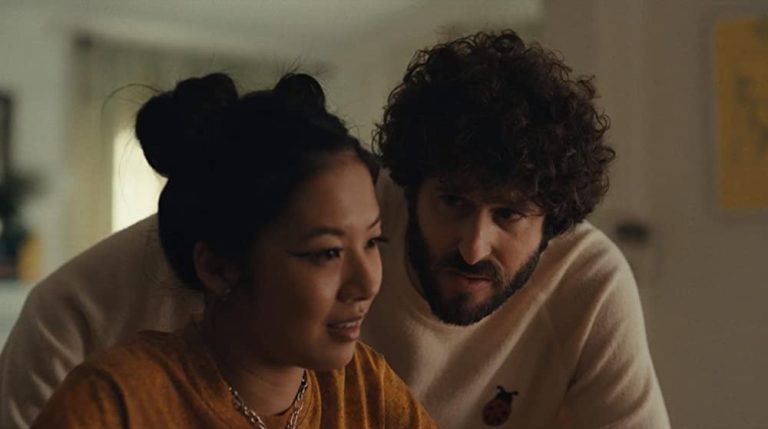Primal Fear Movie Explained: Richard Gere in the lead role. Edward Norton suffering from a personality disorder. A courtroom thriller. Perhaps only Reebok Pumps and Beastie Boys are more recognizable symbols of the ‘90s than this combination. Gregory Hoblit’s adaptation of William Diehl’s 1993 novel, ‘Primal Fear’, is as Hollywood a film as it can get. Every detail in the plot ties to the larger picture, and characters speak like one at all times. Paced to perfection, ‘Primal Fear’ may not have the sheer gothic terror of Roman Polanski’s ‘Chinatown.’ Yet, it goes down the same avenue of showing the abominable underbelly of an American metropolis, hiding behind the gilded facade of the rich and the powerful who claim to be guardians of it.
Primal Fear Movie Plot
Martin Vail (Richard Gere) is a cocky defense attorney based out of Chicago. He represents high-profile clients and is successful in exploiting technicalities in winning cases. Martin is currently providing a cover story for a magazine, providing him with the kind of attention the narcissistic lawyer loves. He used to be a prosecutor for the State Attorney, John Shaughnessy, earlier. There, he was involved in an affair with a colleague, Janet Venable (Laura Linney). The two broke up a while ago but maintained a somewhat amicable relationship, as does Martin with Shaughnessy because of their constant dealings. Recently, Martin got a client of his, Joey Pinero, a mobster, relieved of jail time and also won him $1.5 million from the state for damaging his reputation with the prosecution against him.
One morning, Archbishop Richard Rushman, a highly respected figure of the Chicago Catholic Church, is assaulted by an unknown assailant. He is brutally mutilated and murdered after getting stabbed 78 times, with his fingers chopped off, his eyes gouged out, and ‘B32.156’ carved on his chest. A young man, Aaron Stampler (Edward Norton), who was an altar boy at one of the Archbishop’s churches, is found covered in blood and caught after a long chase by the police. The hard evidence against him, like his bloody clothes and bloody footprints at the crime scene, means that the case is open and shut right away. But Martin, seeing this as an excellent opportunity to further his popularity, takes on the defense of Aaron pro bono.
Aaron had been picked off the street by the Archbishop and provided with food and shelter by him, which means Aaron greatly loved and respected him. The prosecutor’s job, in this case, is given to Janet, who still works for Shaughnessy. With Richard slowly coming to believe that Aaron is not guilty, he is thrown into a case far more complicated than what he thought he had taken on, bringing to light corruption and scandals that cut across the venerated establishments of Chicago.
What was the South River Development Corporation?
The South River Development Corporation was a land development project which involved a number of Chicago’s richest and most powerful people as investors in it. It was under the aegis of the Rushman Foundation, a charitable organization founded by Archbishop Rushman, working for the greater good of the people. The Corporation bought a large amount of land in the South River neighborhood, which is the area where mobster Joey Pinero operates. While most people think those lands are owned by the railroads, they are really the property of the Rushman Foundation. The South River Development Corporation was indiscriminately razing houses in that locality as their plan was to turn it into a posh residential neighborhood by erecting high-rent condominiums.
Joey Pinero, who had a history with that area as he grew up there, appealed to the Archbishop to stop the Corporation from destroying the houses and buildings in the neighborhood. The area is inhabited by poor people, and hence, the Corporation’s plan would leave them all homeless. The Archbishop heard Pinero’s appeal and stopped the demolition. This put the area in limbo as neither could the buildings there be destroyed by the Corporation nor could they raise any new ones over there. Shaughnessy, one of the investors in the Corporation, reveals during his testimony that a total of around $60 million was put into the project of developing the South River neighborhood. With all that money gone to waste, the corrupt Shaughnessy had a serious vendetta against Rushman.
Why does Martin send the videotape to Janet and Shaughnessy?
The videotape titled ‘Purging the Devil’ is one where Archbishop Rushman acted out his perverse fantasy of watching young boys and girls engaging in sexual intercourse. It’s for this exact purpose that Rushman picked Aaron up from the streets (not out of his largesse) and had Linda working for him. The videotape, showing Rushman delivering a sermon before turning the camera towards Aaron, Alex, and Linda having sex, was used multiple times to record over each such exercise. The tape would obviously destroy the Archbishop’s image posthumously. Still, if Martin had shown it in court, it would have affected Martin’s image and the jury’s attitude for the exact reason.
Instead, if Janet brought it up as evidence for the prosecution, it would work in his favor. Janet would show it with the intention of showing the jury that Aaron had a motive to murder Rushman, something she didn’t have up until then. But also, seeing the tape would make the jury treat Aaron with sympathy as a subject of sexual abuse and hence, reconsider their stance as declaring him guilty would mean sending an abused boy to his death for a possible crime of passion.
The revelation of abuse at the hands of the Archbishop would also provide grounds for Martin to establish Dr. Arrington’s discovery of Aaron suffering from multiple personality disorder, the prolonged exploitation causing that damage to him. Because he had already discovered that Aaron did not murder Rushman as himself, it would strengthen his insanity plea. Sending the tape to Shaughnessy was meant to show him how abhorrent an individual Rushman was, someone for whom Shaughnessy, out of rage at his murder, was willing to charge a young man with the death penalty.
Why was Pinero found murdered?
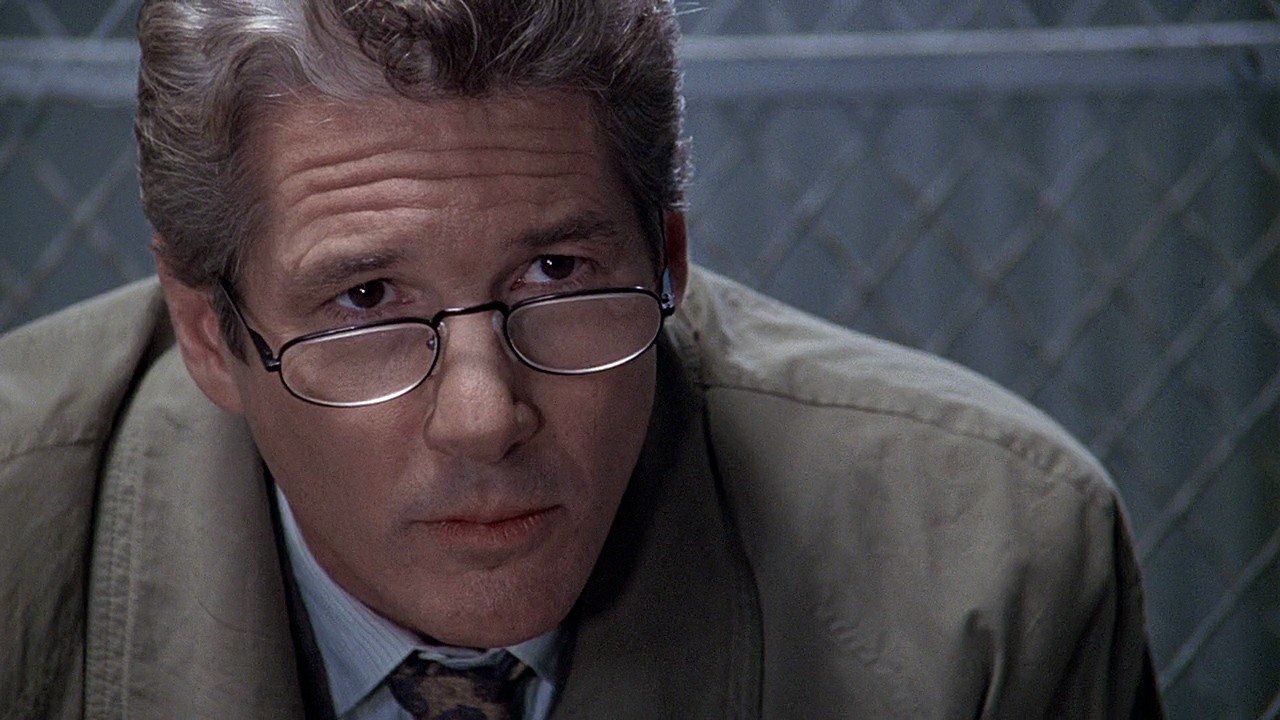
Pinero was a man against whom Shaughnessy had multiple vendettas. Pinero’s appeal to Rushman caused the South River Development Corporation’s project to stagnate. When the film begins, we see Pinero undergoing a trial where Shaughnessy is the prosecutor. Martin’s creativity makes him win against Shaughnessy and makes the latter opt for an embarrassing settlement. The cops had earlier approached Pinero to testify against Alderman Martinez (quite possibly sent by Shaughnessy), which he refused to do as Alderman was one investor in the South River Development Corporation who was holding out against razing the properties there.
So once Pinero and Alderman gave all the dirt they had on Shaughnessy and Rushman over the Corporation’s actions, it became necessary for Shaughnessy to silence Pinero. He couldn’t kill Alderman because he was a wealthy and powerful man. But Pinero being a gangster meant that people wouldn’t bat an eye at his death. And it would scare Aldermann into not testifying for the defense in court.
Martin provokes Aaron to let his other personality, the violent one named Roy, reveal itself by quietly stating, ‘Stop your whining, little girl. Be a man.’ After asking some straightforward questions, he lets Janet take the bait by making her cross-examine him rigorously. This stress causes Roy to come out, just as Martin had planned, and proves to the court that Aaron indeed suffers from multiple personality disorder. The judge decides to send Aaron to a correctional facility for 30 days, where he’ll be treated for his condition, and this decision will be taken in a bench trial. Aaron would also be declared not guilty on the count of insanity, as Martin was hoping for.
Primal Fear Ending Explained
Aaron or Roy?
Throughout the film, Aaron kept talking about repeated blackouts he had always suffered from. Through Dr. Arrington’s research, we found out that Aaron’s blackouts were periods during which his violent alter-ego, Roy, would surface, a persona he had created as the obverse of his meek, stuttering real self as a form of self-defense. Aaron wouldn’t remember whatever Roy did, thinking of that period as a blackout when he ‘lost time.’ It was Roy who had killed the Archbishop. So just when Martin is leaving Aaron, he asks him to apologize to Janet on his behalf for choking him. Martin is startled to find out that Aaron would remember this as it was Roy who accosted Janet in open court, and Aaron shouldn’t remember the episode.
This is when Aaron reveals that he cooked up the whole multiple personality disorder fiasco. He had murdered the Archbishop out of his obvious disgust and anger towards him, but no separate persona had overtaken him. Instead, that was done by Aaron to protect himself from being declared guilty of such a brutal murder. Interestingly, Aaron states that there, ‘Never was an Aaron, Counselor.’ This makes the ending ambiguous as it either means that Aaron has always been the individual with qualities that were attributed to Roy or that the persona of Roy completely took over Aaron at some point in the past, completely removing the timid Aaron that we thought was his real self all along. The latter would also cast doubt on Aaron’s motivation, as it would imply that his innate violence played a larger role in the carnage than simply pent-up rage.
Private and Public Persona
Hawthorne’s statement that had been marked in Rushman’s copy of ‘The Scarlet Letter’, to which the carving on his chest was referring, haunts ‘Primal Fear’ from beginning to end. One of the film’s great strengths, its three-dimensional characters, are distinguished by the multiple personas they hold within themselves and struggle with. The most easily visible one is Aaron, who, till the very end, convinces us that he suffers from multiple personality disorder.
The diffident Aaron inspires confidence in both Martin and Arrington about his inability to murder, let alone one as savage as that of Rushman. It’s this surface that he peddles which wins him the sympathy of so many people around him and also makes the brutishness of ‘Roy’ stand out distinctly. Telling Martin that there never was an Aaron, meaning there never was that stuttering kid Martin had taken a liking to, holds up Hawthorne’s concluding words in the statement ‘…without finally getting bewildered as to which may be true.’
Also, Read – 10 Films to Watch If You Like “The Silence of the Lambs”
The other individual with such a distinct duality was Archbishop Rushman. On the surface, he was a kind, funny, and charitable individual, looking out for the people amongst whom he was beloved. Yet underneath that was a dirty old man who took in benighted children to ostensibly give them food, shelter, and spirituality. However, in reality, he did so to gratify his own voyeuristic desires. Martin is another individual who has a conflict between his private and public persona. To the world, he’s an arrogant lawyer who left the prestige of the State Attorney’s office so that he could take the spotlight entirely for himself as a brilliant lawyer.
People do not know that he left Shaughnessy’s employment because of something illegal that he was forced to do, which caused his conscience to act up and made him leave public office. Martin’s discovery of Shaughnessy brushing sexual misconduct allegations against him made by a certain Michael O’Donnell under the carpet is never depicted in the film. So it isn’t a stretch to assume that while he was working for Shaughnessy, Martin had helped him cover up that allegation against the Bishop. The seemingly cynical Martin also reveals to Jack that instead of having the characteristic skepticism of a lawyer, his work on cases is motivated by the belief that people are essentially good, hence, giving them the benefit of the doubt until proven otherwise.
Checkout – The Spy Who Came in from the Cold (1965) Movie Ending, Explained
Primal Fear Cast: Richard Gere, Laura Linney, Edward Norton, and Frances McDormand
Where to Watch Primal Fear: Stream it on Prime Video, Paramount+ Amazon, MGM+ Amazon, and Netflix

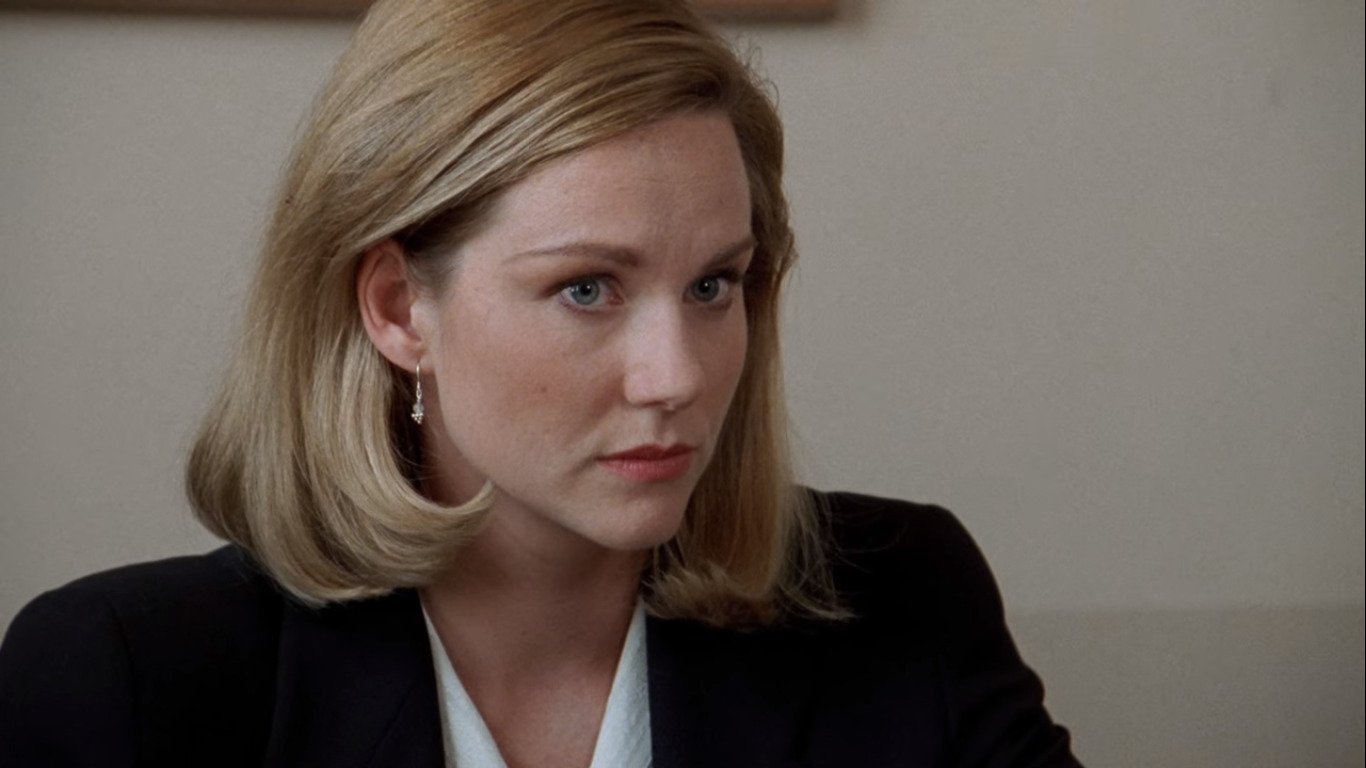
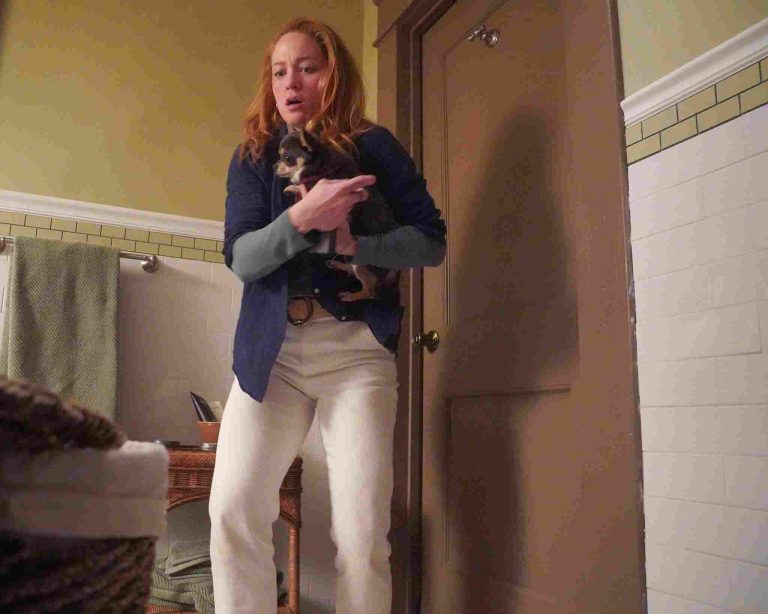
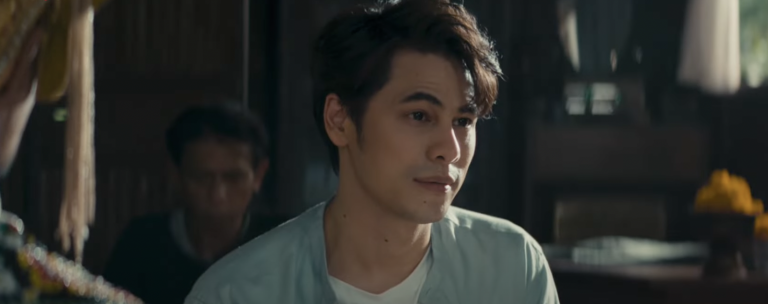


![The Fabulous Filipino Brothers [2021] Review – A Personal Comedy That Fails To Hit The Right Spots](https://79468c92.delivery.rocketcdn.me/wp-content/uploads/2022/02/The-Fabulous-Filipino-Brothers-2021-768x432.jpg)
